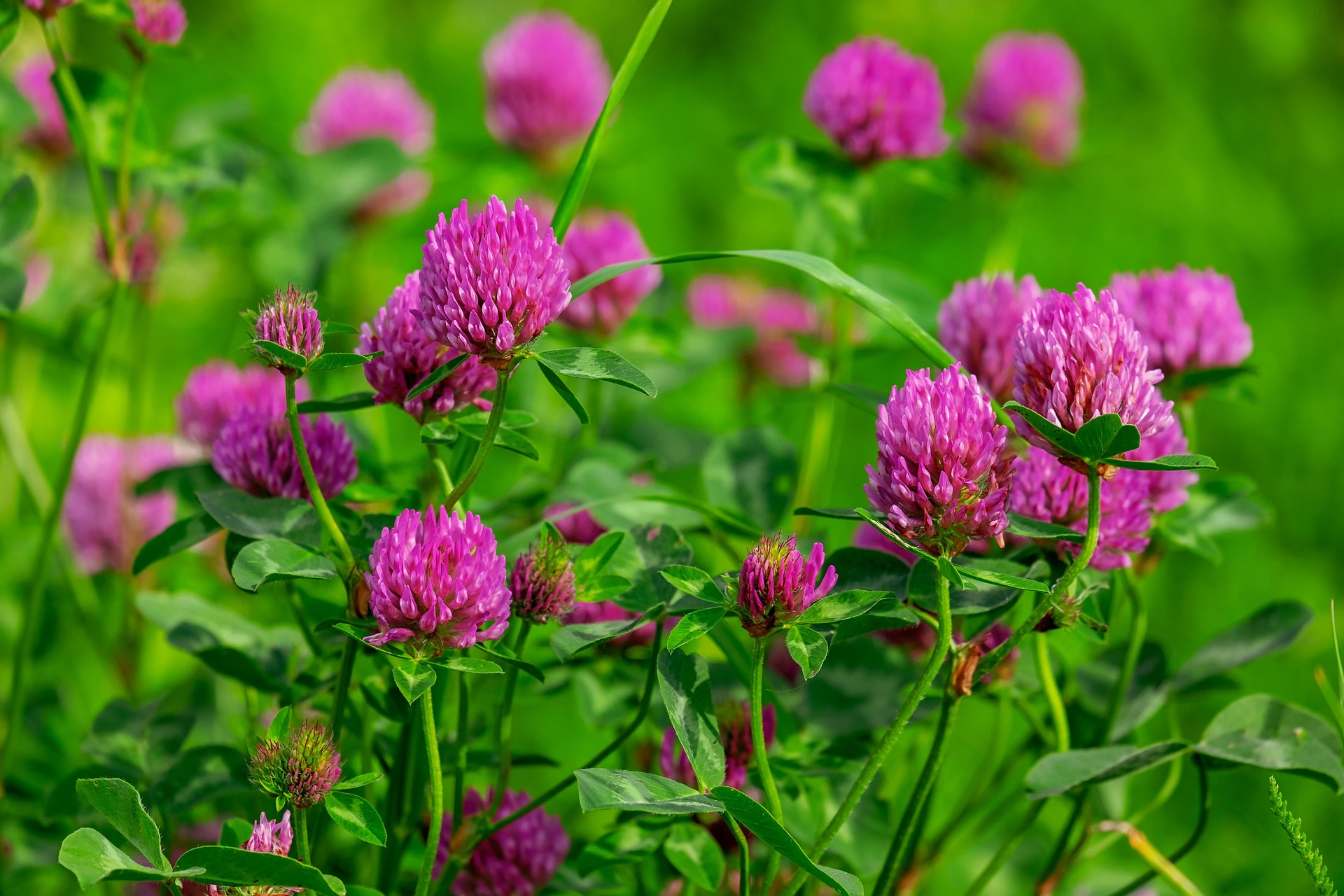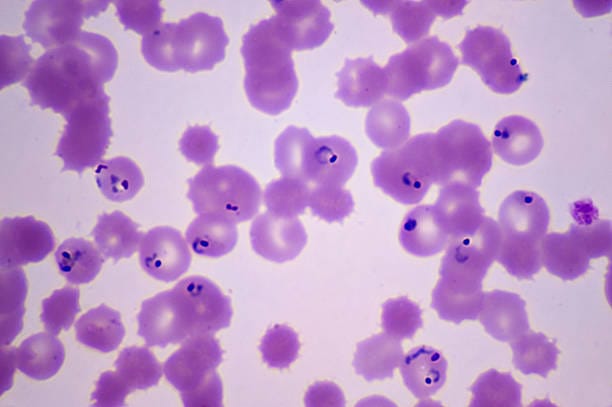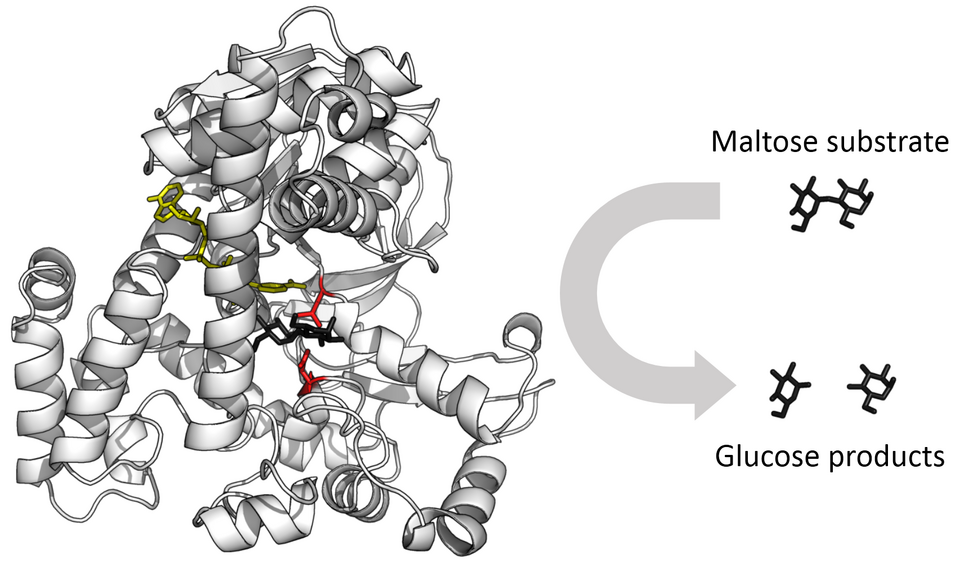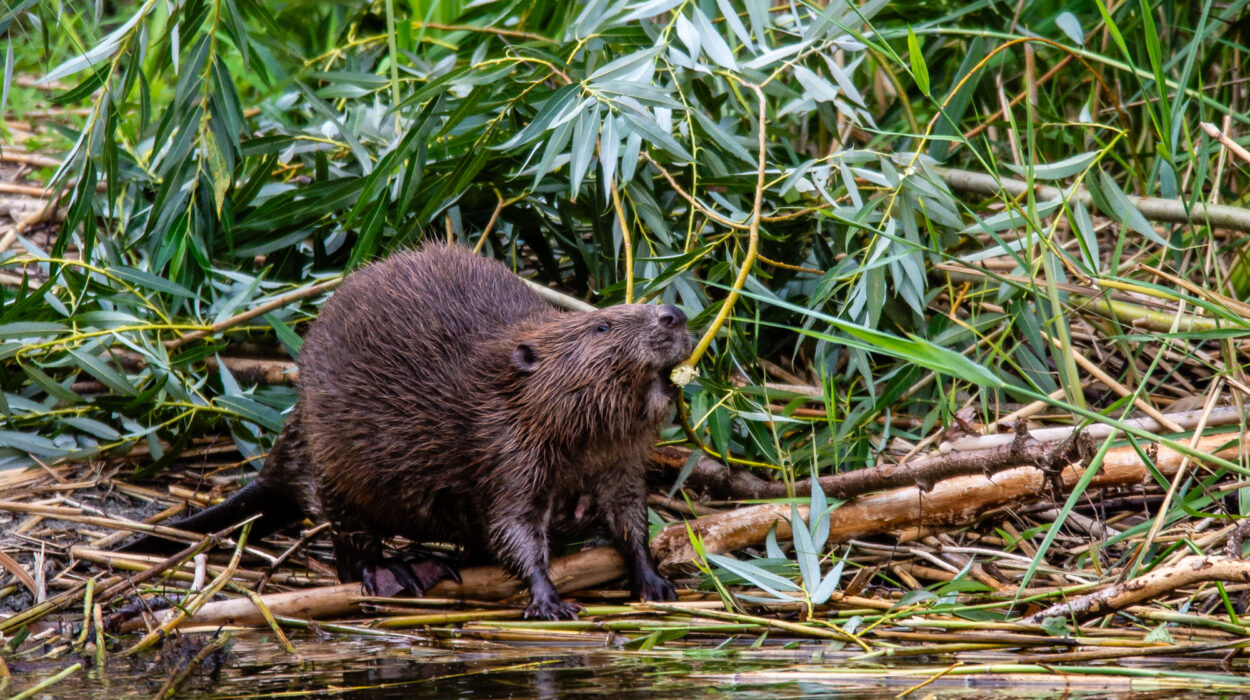In a clearing at dawn, when the world still holds its breath and the mist drifts like forgotten ghosts between the trees, the forest is far from silent. Birds may be hushed, the breeze faint, but beneath the soil, and through the trembling leaves, conversations are unfolding—exchanges of information, warnings of danger, whispers of distress, and, sometimes, offers of help.
Once upon a time, it would have sounded like madness to say plants could talk. They were thought of as passive, mute fixtures of the landscape—unmoving, unfeeling, unthinking. And yet, as science has steadily peeled back the green skin of this world, it has become clear that plants are not simply background decoration. They are vibrant participants in the grand drama of life, speaking languages we are only beginning to hear.
Plants talk. They gossip, they eavesdrop, they send messages through chemical signals, electrical impulses, and even ultrasonic sounds. And in the great unseen hours, when humans have turned away, they continue their secret conversations—an ancient dialogue as intricate and urgent as any found among animals.
So what, exactly, are plants talking about when no one’s watching?
Chemical Morse Code
Imagine a young willow tree standing on the riverbank. One summer afternoon, a hungry caterpillar crawls along its delicate green leaves and begins to chew. As the caterpillar’s jaws bite and tear, the willow responds immediately. Its leaves flood with bitter chemicals, compounds designed to make the caterpillar’s meal unpalatable, even toxic.
But the willow does not keep this news to itself. Through volatile organic compounds—tiny airborne chemicals invisible to the human eye—it broadcasts a warning. These chemical signals drift on the breeze to neighboring willows, maples, poplars. Upon receiving these molecular messages, those trees also begin fortifying their leaves, turning their tissues bitter before the caterpillar ever arrives.
This is a conversation in the language of molecules. One plant suffers an attack and shouts a warning. Others listen and prepare their defenses.
Science calls this “induced systemic resistance,” and it has been observed in dozens of species. Sagebrush warns nearby sagebrush. Tomato plants cry out to neighboring tomatoes. Grasses, beans, cabbages—all participate in these chemical exchanges.
Some plants go further still. Corn seedlings under attack by caterpillars emit chemicals that attract parasitic wasps—tiny predators that lay eggs inside the caterpillars, killing them from within. It’s a botanical version of calling the police.
These signals are not accidental wafts of scent. They are purposeful communication—a coded Morse tapping out urgency and distress.
Plants, it turns out, are fluent chemists. They concoct an endless variety of compounds, each with a message: “Danger here.” “All clear.” “Grow faster.” “Send reinforcements.” Their world is a fragrant language of survival.
Roots That Whisper
The soil beneath your feet is alive with voices. Below the forest floor lies a universe of tiny channels, threads of fungi, mineral pathways, and microscopic highways where roots branch out like fingers searching for connection.
Trees and plants don’t simply grow side by side. They connect. Underground, they share an internet—a vast network known as the mycorrhizal network. Through this network, fungi link roots of different plants, creating a communication system sometimes called the “Wood Wide Web.”
Here, plants whisper secrets in the darkness. A young seedling growing in shade can receive nutrients from older, sun-drenched trees through fungal threads. A dying tree might gift its remaining carbon stores to nearby kin before it collapses. Trees that detect drought may alert others to close their stomata and conserve water.
In British Columbia, forest ecologist Suzanne Simard famously discovered how Douglas fir and paper birch trees exchange carbon through this network. When one tree is stressed or shaded, another may send it a sugar transfusion. Trees, she found, recognize kin. They favor their own offspring and family over strangers.
These fungal networks also carry chemical signals warning of insect attacks. When a pest starts chewing the leaves of one tree, the news travels underground, reaching trees meters away, which then bolster their defenses.
Soil, which to us seems inert and silent, is a realm of constant dialogue, an invisible parliament where plants negotiate survival.
Electrical Conversations and Plant Memories
Beyond chemicals and roots, plants have another, subtler voice: electricity.
Plants generate electrical signals, similar to tiny nerve impulses in animals. The Venus flytrap is a famous example. Touch one of its trigger hairs, and electrical currents ripple through its cells, causing the trap to snap shut in less than a second. But this electrical signaling exists throughout the plant kingdom.
When a tomato plant is wounded by a chewing insect, electrical waves surge through its tissues, triggering the release of defensive chemicals elsewhere in the plant. It’s a form of rapid internal communication—a warning system reminiscent of pain signaling in animals.
Some plants can “remember.” They can store information about past experiences and adjust their behavior. The mimosa plant, for example, folds its leaves dramatically when touched—a defense against herbivores. Scientists trained mimosas by dropping them repeatedly without causing harm. At first, the plants folded their leaves each time. But soon, they stopped responding to the harmless drop, learning it was not a threat. Days or weeks later, they still remembered the lesson.
Plants, it seems, possess a rudimentary form of learning and memory. Their conversations are not merely reflexive—they show signs of awareness and adaptation.
Sound Waves in the Silence
Even sound may play a role in plant communication. In recent years, scientists have discovered that plants emit ultrasonic clicks, especially when stressed by drought or physical damage. These sounds, inaudible to human ears, can travel through air or water. The exact purpose remains mysterious, but research hints that nearby plants might detect and react to these acoustic signals.
Experiments also suggest that plants respond to external sounds. Corn roots grow toward the source of certain frequencies. Peas exposed to the sound of running water extend roots in that direction, perhaps “listening” for moisture. The notion that plants have a sonic life challenges every human assumption about the boundaries of perception.
Are plants speaking to each other through sound? Are they hearing the footfalls of approaching animals, the vibrations of an insect’s wings? The science is still young, but each discovery reveals new dimensions to the secret conversations happening when no one’s watching.
Chemical Eavesdropping and Plant Espionage
If plants talk, then some must also eavesdrop.
Consider the cunning dodder plant—a parasitic vine with thin, golden tendrils. Dodder seedlings rotate in slow spirals, “sniffing” the air for volatile chemicals emitted by nearby hosts. They show preferences, choosing plants that will offer better nutrition. Scientists discovered dodder seedlings can distinguish between tomato, wheat, and citrus purely by chemical scent.
Once dodder identifies a host, it twines around the stem and sinks tiny appendages called haustoria into the plant’s vascular system, siphoning off nutrients. Dodder becomes so intertwined with its victim that it may even serve as a bridge for viruses to pass from one plant to another. It’s an espionage network hidden in plain sight.
Some plants broadcast false messages. Sagebrush under attack releases chemicals that trick neighboring plants into defensive overreactions, possibly draining their energy reserves. In the plant world, as in human politics, not all communication is honest.
Love Songs and Pollinator Duets
Beyond warfare and warning, plants also sing love songs.
A flower blooms not merely for beauty, but as a beacon. Petals glow in ultraviolet patterns invisible to humans but stunning to bees. Nectar releases aromatic chemicals that guide insects to the precise spot for pollination.
Each plant speaks a different dialect to its chosen pollinator. Orchids mimic the scent and shape of female insects, luring male wasps into misguided mating attempts. Chocolate’s beloved cacao tree produces flowers pollinated by tiny midges small enough to crawl into the narrow floral chambers.
These floral “conversations” are so intricate that disrupting them can collapse entire ecosystems. In tropical rainforests, a single fig species might depend on a single species of wasp for pollination—a relationship millions of years old. A silence in that dialogue spells extinction.
Plants have learned to court animals with color, scent, and taste. The sweet flesh of fruits is a bribe, a message saying, “Carry my seeds far away.” Every berry, every juicy apple, is a silent pact between plant and animal.
A Forest in Mourning
But plant conversations are not always about danger or desire. Sometimes, they are about grief.
In Africa, elephants browsing on acacia trees can trigger a remarkable response. When an elephant tears leaves from a tree, the acacia releases ethylene gas into the air. Neighboring acacias detect the gas and immediately flood their leaves with tannins, making themselves bitter and potentially toxic. It’s as if the trees are screaming to each other: “Beware the giants!”
However, if you stand downwind, where the gas cannot drift, acacias remain oblivious and vulnerable. The communication is directional—a chemical conversation across space.
Such exchanges suggest that when one tree is harmed, the others feel the echo of its pain. It’s not emotion in the human sense, but it is connection, a network of mutual protection.
Some researchers even speculate that dying trees might send chemical messages warning others of harsh conditions. There’s a sense that a forest mourns its losses, communicating that the world has become a more dangerous place.
Plants and Human Perception
Why does the idea of plants talking captivate us so deeply?
Perhaps because it forces us to reconsider our place in the world. For centuries, humans stood at the center of creation, lords of animals and masters of passive, silent vegetation. Trees were timber. Fields were crops. Flowers were decorative flourishes. Plants seemed incapable of intention or consciousness.
But the truth emerging from modern biology is different. Plants are dynamic beings, capable of complex communication, decision-making, and mutual care. They sense light, gravity, touch, sound, moisture, chemicals. They gather and share information. They manipulate animals, form alliances, and wage war.
If plants talk, then perhaps they also feel in ways we don’t yet understand. Maybe there is a slow intelligence rooted in green cells, too alien for us to measure but no less real.
When Charles Darwin first wrote about plant movement and perception, he suggested that a plant’s root tip “acts like the brain of one of the lower animals.” He saw in the plant kingdom a quiet wisdom and sensitivity that science has only now begun to confirm.
The Ethics of Listening
As we learn more about plant communication, questions of ethics arise. If plants communicate, should we respect their conversations? Does clear-cutting a forest disrupt not merely an ecosystem, but a community of voices?
Scientists now talk of “plant rights” and “plant welfare.” These are controversial ideas, but they spring from the recognition that plants are not inert objects. They have lives of great subtlety, desires, and struggles—even if those desires are biochemical, not conscious.
In agriculture, understanding plant communication could transform how we grow food. Instead of drenching crops in pesticides, farmers might encourage plants to warn each other of pests. Instead of isolating plants in monocultures, we might plant diverse communities that help one another thrive.
And for ordinary people, simply knowing that trees whisper secrets and flowers sing love songs might change the way we walk through a garden or forest. We might listen more carefully. We might touch leaves more gently. We might pause, silent, and feel that the plants around us are speaking—even if we cannot yet translate the language.
A Green Conversation Unending
So what do plants talk about when no one’s watching?
They speak of danger and refuge, of enemies and allies, of thirst and sunlight. They warn their neighbors, nurture their kin, and summon allies in battle. They gossip in scents, murmur through fungal threads, and pulse silent electricity through their veins. They compose ultraviolet symphonies to seduce pollinators. They hold memories of harm, and perhaps, in their own way, of care.
A walk through the forest is no longer a stroll through silence. It is a journey into an unseen conversation—a drama unfolding beneath bark and root, leaf and petal. Every tree, every blade of grass, is speaking.
And though we are only beginning to decipher the grammar of their tongues, one truth has become undeniable:
The green world is alive with stories. And in the quiet hours, when no one’s watching, the plants keep talking still.






